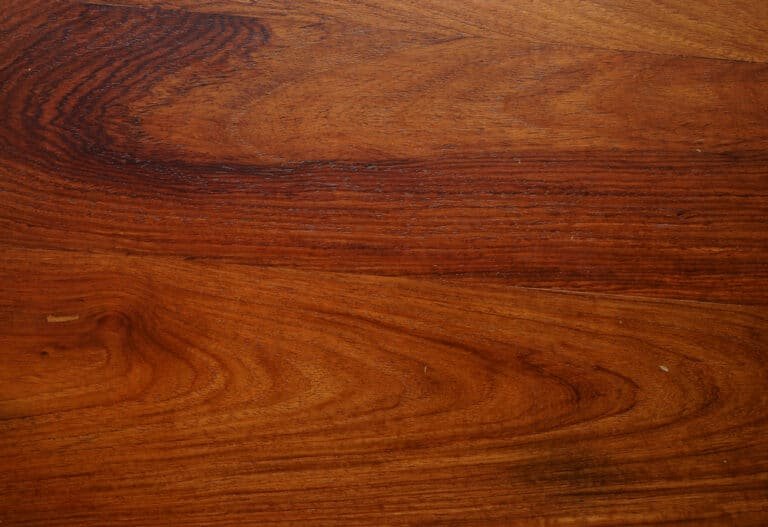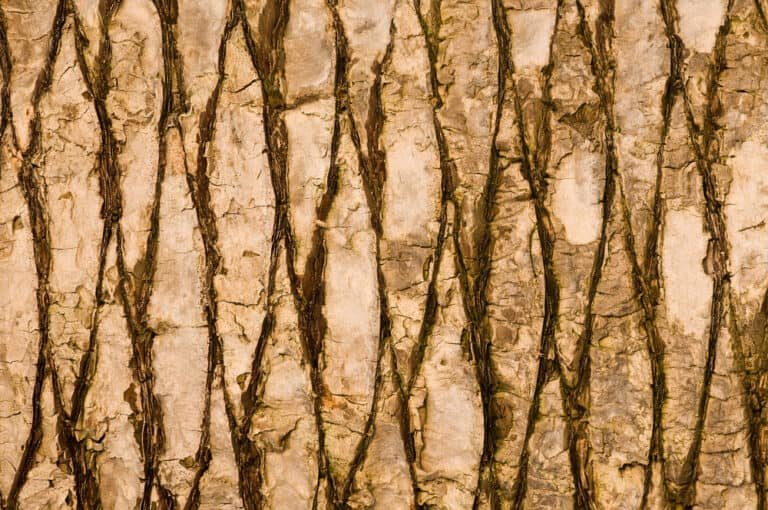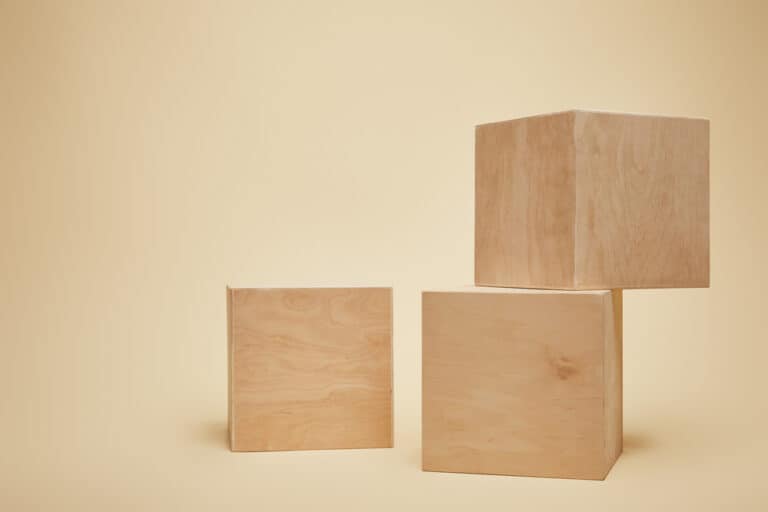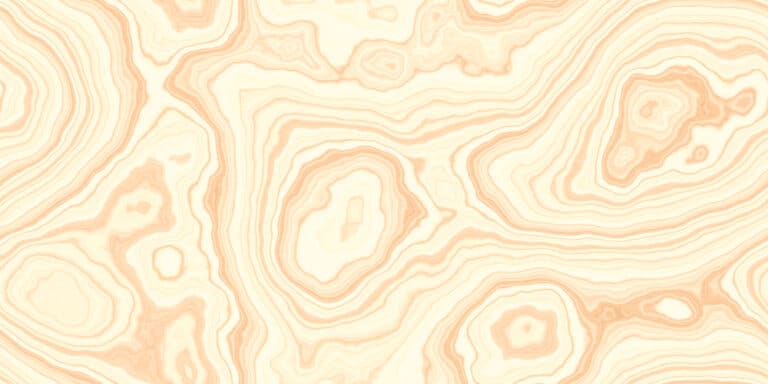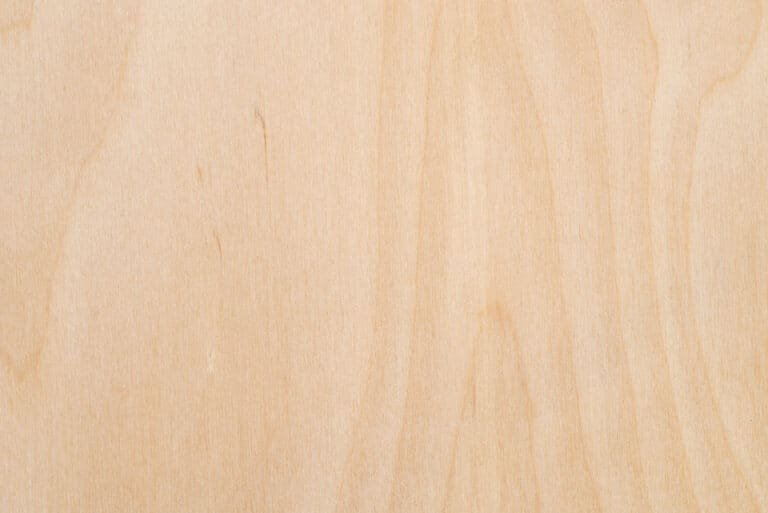Aspen carves well and is perfect for beginners due to its light weight, softness, and affordability. Aspen is a hardwood that grows in North America and Europe, making it widely available. It’s pale yellow color makes it easy to work with when staining or painting.
| Pros | Cons |
|---|---|
| Lightweight | Not very durable |
| Affordable | Less strength for large projects |
| Softness | Tendency to splinter |
| Finishing can be tricky |
Check out my top woods for carving
Characteristics of Aspen Wood

Photo Credit: @genesbygenghis
Aspen wood is known for its remarkably light weight and pale yellow to almost white color. The wood has a fine, straight grain with a uniform texture, which contributes to its smooth appearance when carved and finished.
It’s a hardwood by classification, but it’s among the softer hardwoods, which facilitates easy carving. Aspen’s lack of prominent grain makes it a versatile canvas for both painting and staining, although care must be taken to prevent blotchiness due to its porosity.
This wood is particularly favored for its clean, even appearance and the ease with which it can be shaped and detailed.
Pros Of Carving With Aspen:
- Lightweight: Aspen is lighter than many other hardwoods, which makes handling and carving easier, particularly for intricate designs.
- Affordability: It is more affordable than many other types of hardwood, offering good quality material for less cost.
- Softness: The softness of aspen wood allows for smoother cuts, less sanding time, and it’s more forgiving of mistakes which can be corrected with minimal effort.
Cons of Carving With Aspen:
- Durability: Aspen wood is not very durable and can warp easily with moisture or temperature changes, affecting the precision of carvings over time.
- Strength: Its softness can be a downside for large-scale projects that require more robust wood.
- Splintering: Aspen can splinter when cut or sanded aggressively, leading to an uneven finish.
- Finishing: Due to its porous nature, staining and finishing aspen wood can be challenging, often leading to blotchy results if not done properly. Oil-based finishes must also be reapplied regularly to protect against moisture and other environmental damage.
Related: Carving Mahogany
Tips for Carving Aspen
- Controlled Carving: Due to aspen’s softness, use controlled strokes to avoid gouging the wood.
- Minimize Splintering: Carve with the grain to reduce the chances of splintering, which aspen is prone to due to its fibrous texture.
- Balanced Moisture Content: Aspen can dry out and crack, so ensure it has a balanced moisture content before starting your project.
- Stabilize When Drying: After carving, let aspen pieces dry slowly and in a controlled environment to prevent warping.
- Pre-Seal for Even Staining: Pre-sealing aspen can help achieve a more even stain, as the wood tends to absorb finishes unevenly.
- Use a Backing Board: When carving thinner pieces, use a backing board to support the wood and prevent breakage.
- Fine Grit for Final Sanding: Aspen’s smooth surface can be achieved with fine-grit sandpaper; this is crucial because of its ability to show even slight imperfections.
- Temperature Control: Maintain a consistent temperature when working with aspen to avoid expansion and contraction that could affect the carving.
- Detailing with Sharp V-Tools: For detailed work, sharp V-tools are recommended to get clean cuts without applying too much force.
Best Projects For Aspen Wood
Aspen wood is a great choice for carvers of all skill levels. It’s lightweight yet strong and durable, making it ideal for small-scale and larger projects. Its creamy white color makes it an attractive material to work with.
Small-Scale Projects:
Aspen wood is perfect for smaller items like spoons, bowls, jewelry boxes and figurines. Its light weight makes it easy to handle when carving intricate details or shapes into the wood. And because aspen is so soft compared to other woods such as oak or walnut, you don’t need specialized tools to carve it – just a few basic chisels will do the job.
Larger Scale Projects:
Aspen can also be used in larger scale projects such as furniture pieces or outdoor decorations like birdhouses or garden sculptures. The strength of the wood means that even large items won’t easily break under pressure – making them suitable for use outdoors where they may be exposed to harsh weather conditions over time.
Decorative Items:
Aspen has a unique look that lends itself well to decorative items, too – from wall hangings and plaques to clocks and picture frames. Its natural grain pattern gives each piece a unique character that adds charm wherever you choose to display your creations.
Finishing Aspen Wood
When finishing aspen wood, the key is to prepare the surface to minimize blotchiness due to its porous nature:
- Sealing: Apply a sanding sealer after the final sanding. This will fill the pores and create a more uniform surface which is important for aspen.
- Gradual Sanding: After sealing, sand the wood again with fine-grit sandpaper. This smoothens any raised grain resulting from the sealer.
- Applying Stain: If you choose to stain aspen, apply a pre-stain wood conditioner to ensure even color absorption.
- Layering Finish: Use multiple thin layers of your chosen finish, whether it’s oil, varnish, or lacquer, allowing ample drying time between coats.
- Final Sanding: Between finish coats, lightly sand with ultra-fine sandpaper to remove any dust nibs or imperfections.
- Protective Top Coat: A final top coat will protect the carving from moisture and handling. Choose a durable finish that complements the intended use of the carved item.
